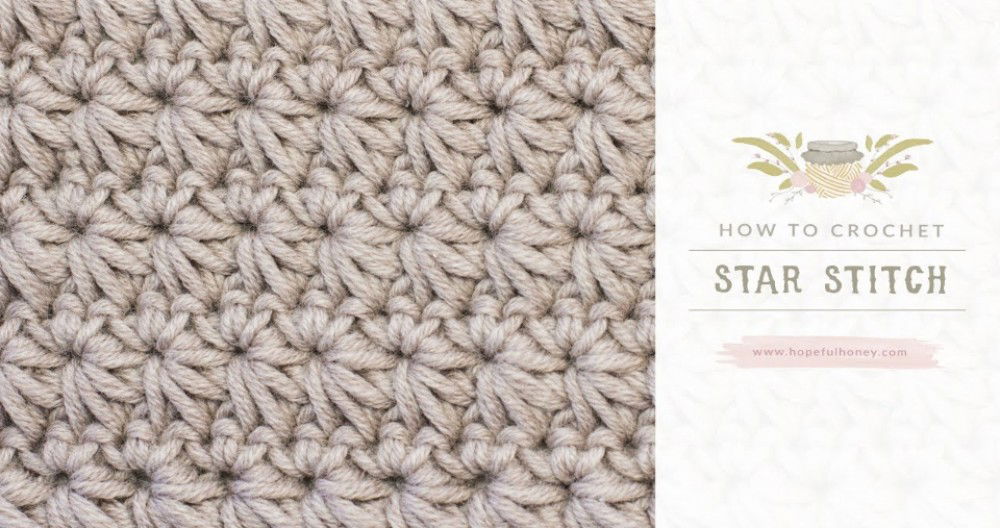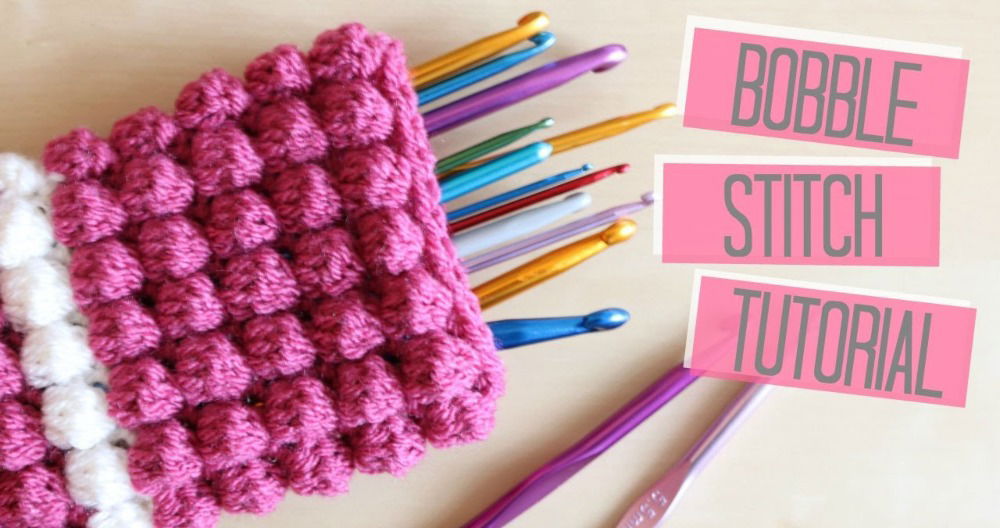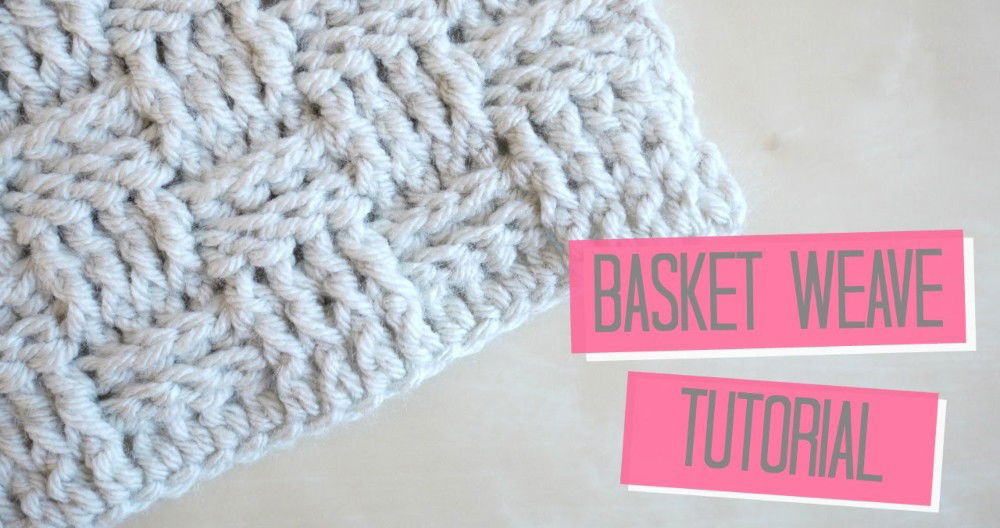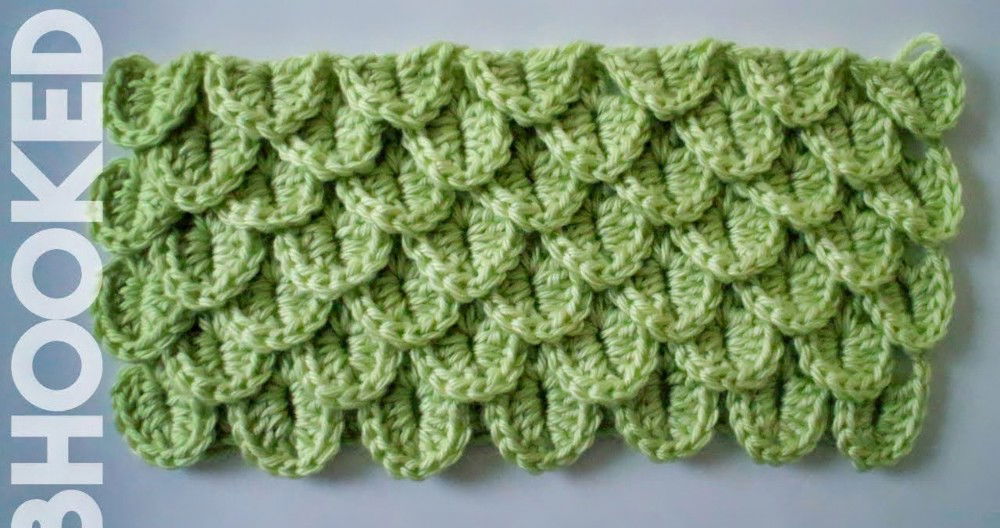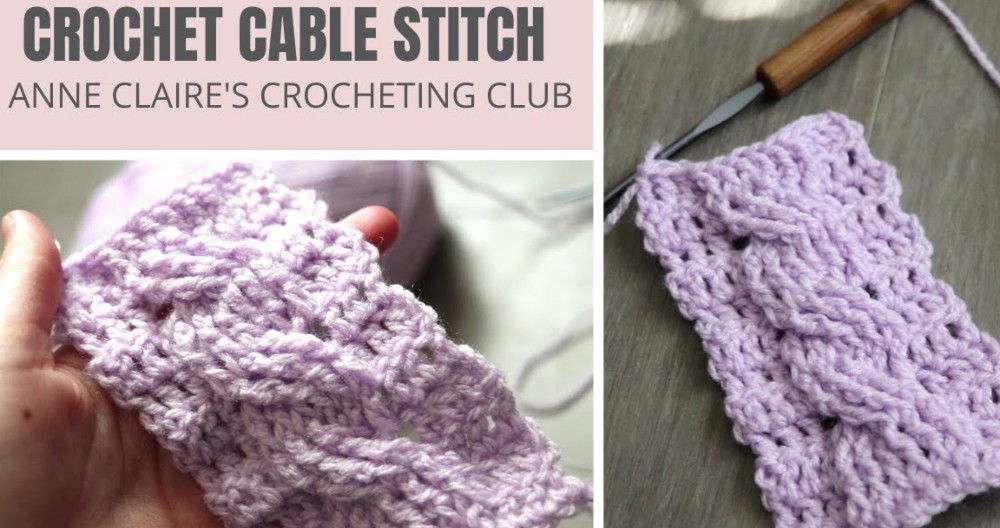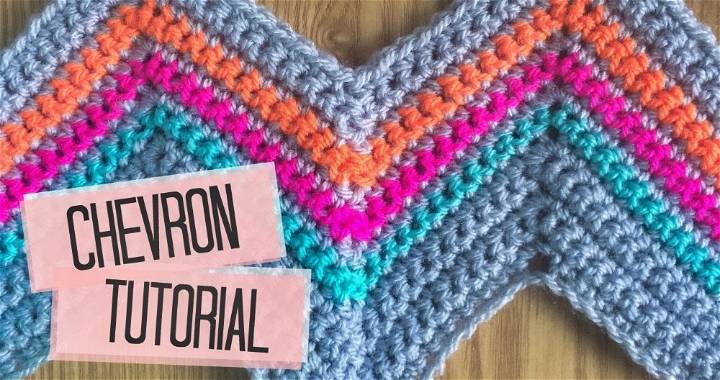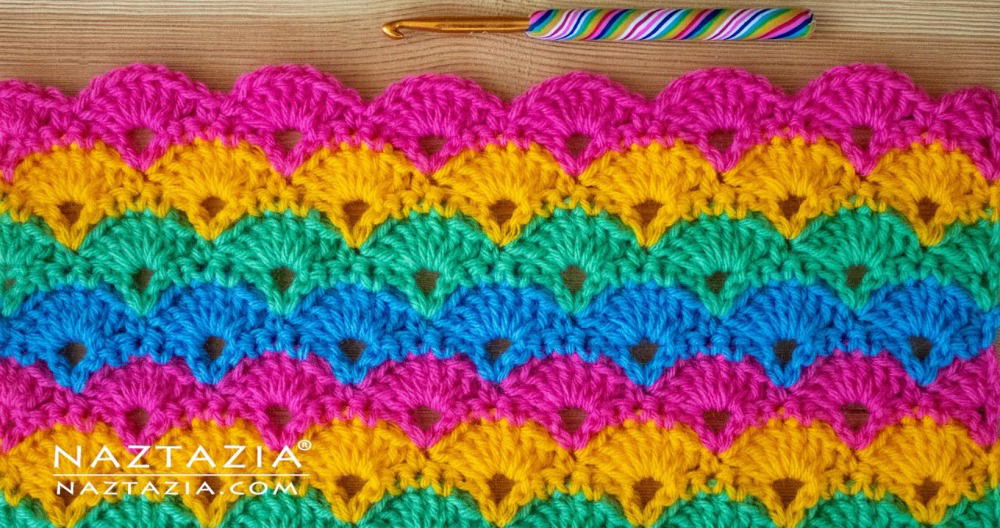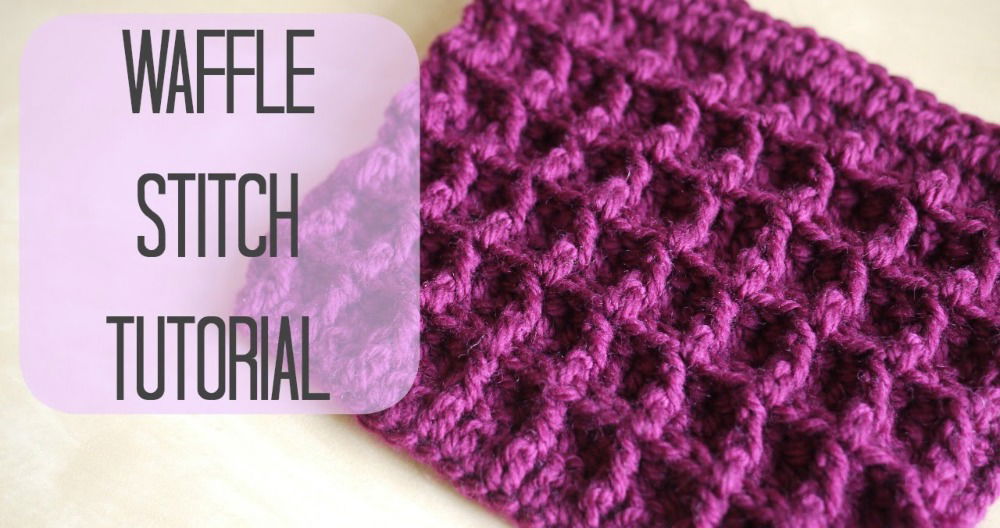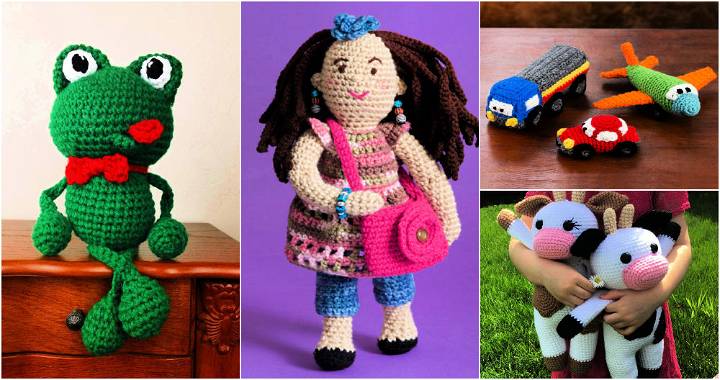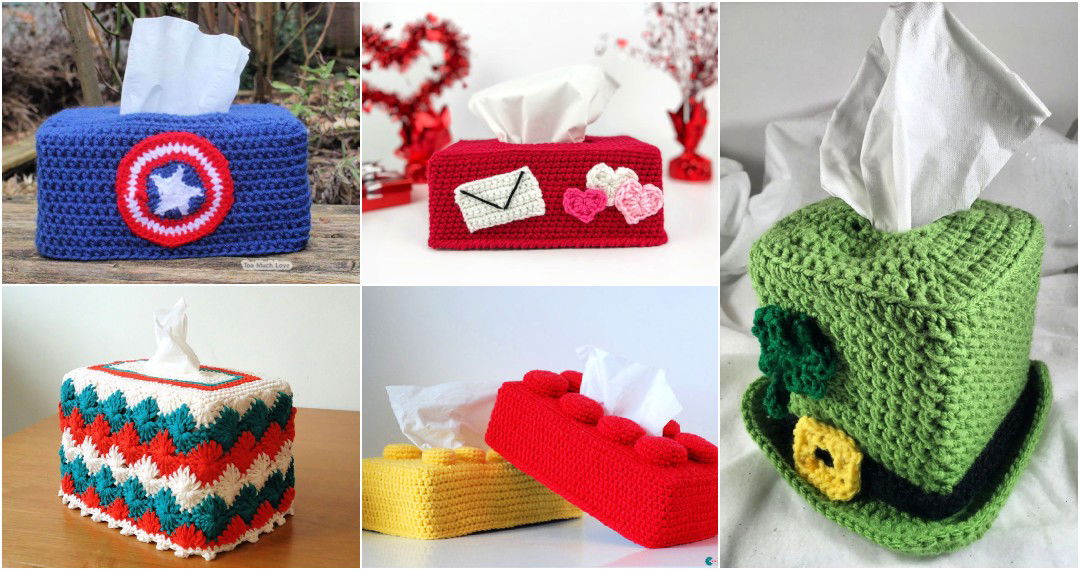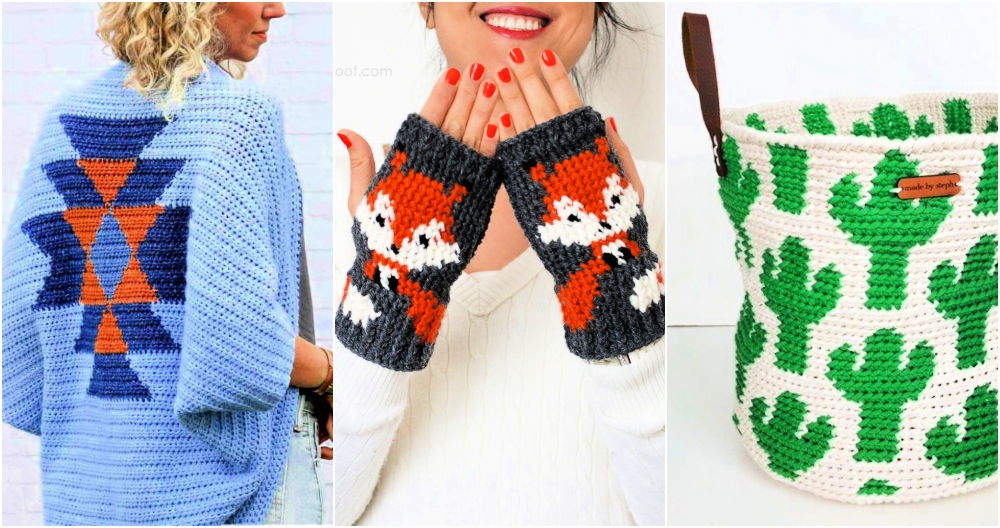Learning to crochet box stitch can open a new chapter in your crafting journey. This easy tutorial is tailored for beginners, guiding you through each step with clarity. From selecting the right materials to mastering the foundational chain, we provide all the insights you need. Crafting doesn't have to be daunting; with our step-by-step guide, you'll find yourself making beautiful patterns in no time. This tutorial is designed to be helpful, informative, and engaging, ensuring you grasp the technique with ease.
As you proceed, we'll also delve into troubleshooting common mistakes, exploring variations of the box stitch, and offering plenty of project ideas to apply your new skills. Whether you're aiming to make cozy blankets, stylish scarves, or decorative wall hangings, this guide has you covered. Plus, we offer expert tips to refine your craft and ideas for maintaining and caring for your crochet items.
Get ready to transform your yarn into stunning creations as you master the box stitch. Let's dive into the next section and unravel the creativity that awaits.
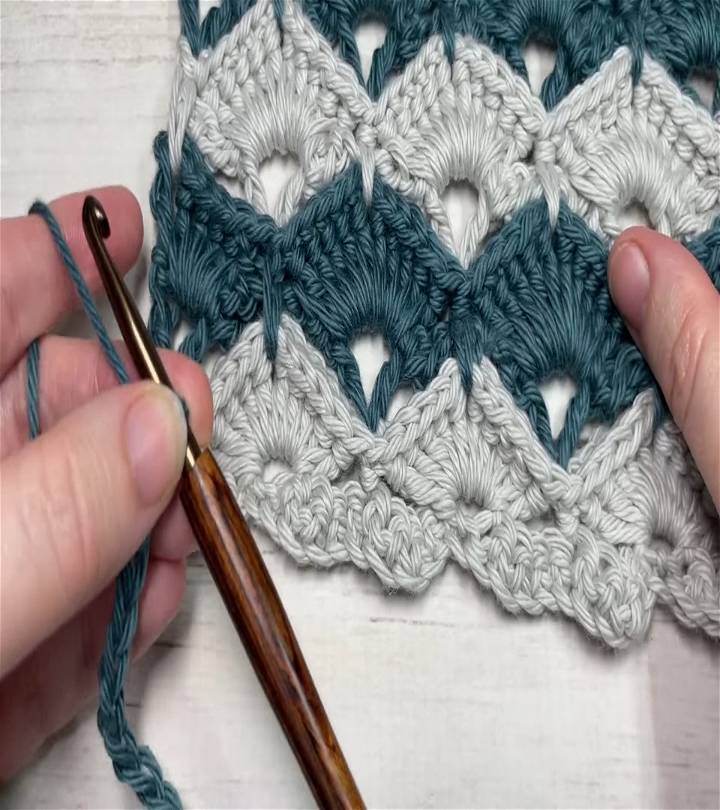
How to Crochet Box Stitch - Step by Step Guide
Crocheting box stitch adds texture to projects, for beginners and experienced crocheters. This guide breaks down the process into manageable steps. Let's dive in for clarity and understanding.
Materials Needed
- Worsted weight or medium weight cotton yarn in two colors
- 5 mm (H8) crochet hook
- Scissors and a yarn needle for finishing
Foundation Chain
- Start with a slip knot on your crochet hook.
- Make a foundation chain with a multiple of 10 plus 2 additional chains. For practice, you can chain 32.
Row 1 (Setup Row)
- Single crochet into the second chain from your hook.
- Skip the next four chains.
- In the next chain, work 5 double crochets, 1 chain, and 5 more double crochets all into the same chain.
- Skip the next four chains, then single crochet into the next chain.
- Repeat this pattern across the foundation chain. End with a single crochet in the last chain.
Row 2 (Texture Row)
- Chain 1 and turn your work.
- Start by placing a single crochet in the first stitch.
- Work a front post single crochet around each of the next five double crochets from the previous row.
- Chain 1.
- Continue with front post single crochets around the next five double crochets, followed by a single crochet on top of the next single crochet.
- Repeat across, ending with a single crochet in the last stitch.
Changing Colors
- After the last stitch of Row 2, prepare to change colors by drawing through the new color in your final yarn over of the last stitch.
- Chain 4 (counts as a double crochet and chain 1) and turn your work to start Row 3 with the new color.
Rows 3 to 10
These rows establish the pattern repeat that will give the box stitch its unique texture and appearance.
- Rows 3 to 10 involve a series of single crochets, double crochets, chain spaces, and front post single crochets strategically placed to make the box effect.
- Each row builds upon the last, with chain spaces allowing for the creation of 'boxes' that pop out visually and texturally.
Repeat Pattern
- Continue repeating Rows 3 to 10 until you reach your desired project length.
- Be sure to manage yarn color changes as per your project design, either by cutting the yarn at each color change or carrying the yarn up the side if you plan to add a border.
Finishing
- Once you've reached the desired length, fasten off your work by cutting the yarn and pulling it through the last loop on your hook.
- Weave in all ends with a yarn needle for a neat finish.
Video Tutorial
For a step-by-step video tutorial on crocheting the box stitch, check out this helpful video: How to Crochet the Box Stitch.
It pairs perfectly with this written guide, enriching your learning experience with visual demonstrations of each step.
Master the box stitch quickly by following this guide and paired video tutorial. Practice is crucial for perfecting new crochet techniques.
Troubleshooting Common Mistakes in Crochet Box Stitch
Crocheting can be a relaxing and rewarding hobby, but like any skill, it comes with its own set of challenges, especially for beginners. The box stitch, known for its beautiful texture and versatility, is no exception. Here's a guide to help you overcome some common hurdles you might face while learning this stitch.
Identifying and Fixing Uneven Stitches
Uneven stitches are often the result of inconsistent yarn tension. To achieve uniform stitches, practice maintaining a steady grip on the yarn. It's normal for your tension to vary when you're starting out, but with time, you'll find a rhythm that works for you.
Correcting Twisted Chains
A twisted chain can ruin the foundation of your project. To prevent this, lay your chain flat after making a few stitches to ensure it hasn't twisted before continuing. If you do find a twist, it's best to undo the stitches and start again.
Addressing Gaps in the Fabric
Gaps can appear if stitches are skipped or if there's too much space between stitches. Double-check that you're working into the correct space and that your hook size is appropriate for your yarn weight. Using a smaller hook can help tighten the stitches and reduce gaps.
Solving Yarn Splitting Issues
Yarn splitting occurs when the hook pierces the yarn strands. To avoid this, take your time and ensure your hook goes under the entire stitch. Choosing a smooth, well-plied yarn can also make a big difference.
Preventing Edges from Curling
Curling edges are often a sign of too few or too many stitches. Count your stitches regularly to ensure you have the correct number, and consider using stitch markers to mark the beginning and end of each row.
Remember, every crocheter faces issues. Be patient, unravel, and try again to improve your skills.
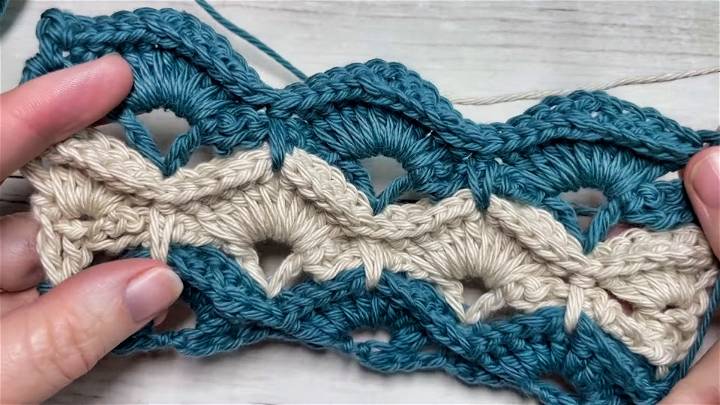
Exploring Variations of the Box Stitch
The box stitch, also known as the corner-to-corner (C2C) stitch, is a versatile crochet technique that can be adapted in various ways to make different textures and designs. Here, we'll delve into some creative variations that can add a unique twist to your crochet projects.
Making Textured Patterns
By alternating the box stitch with different crochet stitches, such as single crochet (sc) or double crochet (dc), you can make a textured pattern that adds depth to your work. For example, try working a row of sc between rows of box stitches for a subtle, ribbed effect.
Introducing Color Changes
Color changes can dramatically transform the appearance of the box stitch. Work with two or more colors, changing yarns at the end of each row or even within a row, to make stripes, chevrons, or even pixelated images. This technique is perfect for making colorful blankets or wall hangings.
Adjusting the Box Size
The size of the individual boxes can be modified by increasing or decreasing the number of chains and double crochets within each box. Smaller boxes result in a finer, more detailed fabric, while larger boxes make for a quicker project and a bolder look.
Incorporating Lacework
For a delicate, lacy effect, try adding chain spaces within your boxes. This variation is ideal for lightweight shawls or summer tops. Just remember to adjust the number of chains in your turning chain to maintain the shape of the boxes.
Working in the Round
While the box stitch is typically worked back and forth in rows, it can also be adapted to work in the round. This method is great for making circular items like coasters, placemats, or even hats.
By experimenting with these variations, you can personalize your crochet projects and push the boundaries of the traditional box stitch. Have fun exploring and making your own unique patterns!
Project Ideas Using the Box Stitch
The box stitch, with its dense and textured appearance, is ideal for a variety of crochet projects. Whether you're a beginner or an experienced crocheter, these project ideas will inspire you to start your next creation using the box stitch.
Cozy Blankets
Blankets are a classic choice for the box stitch. The interlocking design provides warmth and comfort, making it perfect for snuggling up on a chilly evening. You can adjust the size of your blanket by simply increasing the number of box stitches.
Stylish Scarves
Scarves made with the box stitch are not only warm but also fashionable. The stitch's texture adds depth to the scarf, and by using different colors, you can make a unique accessory that stands out.
Handy Coasters
Coasters are a quick and practical project. They protect your surfaces and add a handmade touch to your home decor. Plus, they make excellent gifts!
Decorative Wall Hangings
Wall hangings are a modern way to display your crochet work. Use the box stitch to make geometric patterns or even pixel art. They're a conversation starter and a personal expression of your creativity.
Functional Potholders
Potholders are essential in any kitchen, and the box stitch provides the thickness needed to protect your hands from heat. They're functional projects that you can complete in a short amount of time.
Chic Bags
Bags crafted with the box stitch are durable and stylish. Whether it's a tote for shopping or a small pouch for your essentials, the box stitch can accommodate various designs and sizes.
By exploring project ideas, you'll discover box stitch versatility and improve your skills. Get creative with colors, textures, and patterns as you bring these ideas to life.
Expert Tips for Mastering the Box Stitch
The box stitch, a favorite among crochet enthusiasts for its versatility and striking appearance, can be mastered with some insider knowledge. Here are expert tips to elevate your crochet experience and ensure that your box stitch projects turn out beautifully.
Starting with the Right Materials
Selecting the right yarn and hook is crucial. For beginners, smooth, light-colored yarns and appropriately sized hooks can make learning the box stitch easier. The yarn should glide effortlessly on the hook, and the stitches should be visible for easy counting.
Maintaining Consistent Tension
Consistent tension is key to uniform stitches. Hold the yarn in a way that feels comfortable and allows you to apply even tension throughout your work. It may take practice, but finding your rhythm will improve the overall look of your project.
Counting Stitches Regularly
Keep track of your stitches. It's easy to lose count, especially when working on larger projects. Use stitch markers to mark the beginning and end of rows or to highlight pattern repeats. This will save you time and frustration in the long run.
Blocking Your Finished Project
Blocking is the process of shaping and setting your finished project using water or steam. It can greatly enhance the appearance of your box stitch work, making the stitches more even and the edges straighter.
Joining New Yarn with Care
When adding a new ball of yarn, do so at the end of a row to minimize the visibility of the join. Weave in the ends securely to prevent them from unraveling and to maintain the integrity of your work.
Experimenting with Variations
Once you're comfortable with the basic box stitch, don't be afraid to experiment with variations. Adjusting the size of the boxes or incorporating different stitches can lead to exciting new patterns and textures.
By following these tips, you'll not only improve your crochet skills but also enjoy the process more. Remember, practice makes perfect, so keep crocheting, and don't hesitate to try new techniques and ideas.
Maintenance and Care for Crochet Items
Proper maintenance and care are essential to ensure that your crochet creations last a long time and remain as beautiful as the day you finished them. Here's how you can keep your crocheted items in the best condition.
Washing and Drying
Hand wash your crochet items gently with mild detergent. Avoid wringing them out; instead, press out the water gently. Lay them flat on a clean towel, reshape them if necessary, and let them air dry. For machine-washable items, use a gentle cycle and place them in a mesh laundry bag for extra protection.
Storing Your Crochet Work
Store your crochet items in a cool, dry place away from direct sunlight to prevent fading. For items not used frequently, such as seasonal decorations, store them in breathable cotton bags to protect them from dust and pests.
Embracing Sustainability in Crochet
Crocheting can be a sustainable practice when you make mindful choices about the materials and methods you use.
Choosing Eco-Friendly Yarns
Opt for natural fibers like cotton, bamboo, or wool, which are renewable and biodegradable. Some yarns are made from recycled materials, which helps reduce waste.
Sustainable Practices
Minimize yarn waste by planning your projects carefully. Save your scraps for smaller projects like amigurumi or patchwork pieces. Support local yarn producers and consider the carbon footprint of your materials.
By following these guidelines, you'll not only extend the life of your crochet projects but also contribute to a healthier planet.
FAQs About Crochet Box Stitch
Discover all you need to know about crochet box stitch with our FAQs. learn tips, tricks, and techniques to master this versatile crochet pattern.
What is a crochet box stitch?
The crochet box stitch, also known as the corner-to-corner (C2C) stitch, is a technique used to make textured, tiled patterns in crochet. It involves crocheting small squares or “boxes” by working diagonal rows.
How do I start a crochet box stitch?
To start a crochet box stitch, you'll need to chain 6, then double crochet (dc) in the fourth chain from the hook and the next two chains. This makes your first “box.”
Can I use the box stitch for any project?
Yes, the box stitch is versatile and can be used for a variety of projects, including blankets, scarves, and even clothing items.
What type of yarn is best for the box stitch?
A medium-weight yarn (worsted or aran) is ideal for beginners as it's easy to work with and shows the stitch definition well. However, you can use any yarn weight for different effects.
How do I change colors in the box stitch?
To change colors, complete the last yarn over of the final dc of a box with the new color. Cut the old yarn, leaving a tail to weave in later, and continue with the new color.
How can I make my box stitch project bigger or smaller?
To adjust the size of your project, simply increase or decrease the number of boxes in each row. Remember to plan your project to ensure you have enough yarn.
What's the best way to keep my edges straight?
Count your stitches at the end of each row and use stitch markers to help keep your edges straight. Consistent tension will also help maintain even edges.
How do I fix a mistake in the box stitch?
If you notice a mistake, carefully unravel your work back to the point of the error and re-crochet the section correctly. It's easier to fix mistakes as soon as you spot them.
Can the box stitch be worked in the round?
Yes, the box stitch can be adapted to work in the round, which is great for circular projects like coasters or hats.
How do I block my finished box stitch project?
Lay your finished project flat on a blocking mat, pin it into shape, and either wet it with a spray bottle or steam it with an iron (without touching the yarn). Let it dry completely before removing the pins.
How do I wash my crochet box stitch item?
Hand wash your item in cold water with mild detergent, gently squeeze out excess water (do not wring), and lay it flat to dry. For machine-washable yarns, use a gentle cycle and a mesh bag.
By keeping these FAQs in mind, you'll be well on your way to making beautiful crochet projects with the box stitch. Remember, practice makes perfect, so don't be afraid to experiment and learn as you go.
Conclusion:
In conclusion, mastering how to crochet box stitch for beginners can significantly enhance your crocheting skills and broaden the range of projects you can take on. from cozy blankets to stylish scarves, this guide covers everything you need to start, including step-by-step instructions, troubleshooting common issues, and exploring variations for added creativity.
With patience and practice, the box stitch can become a go-to in your crafting repertoire. Now that you're equipped with the knowledge on maintaining consistent tension, choosing the right materials, and caring for your crochet items, it's time to pick up your hook and yarn and embark on this exciting journey into the world of crocheting.


